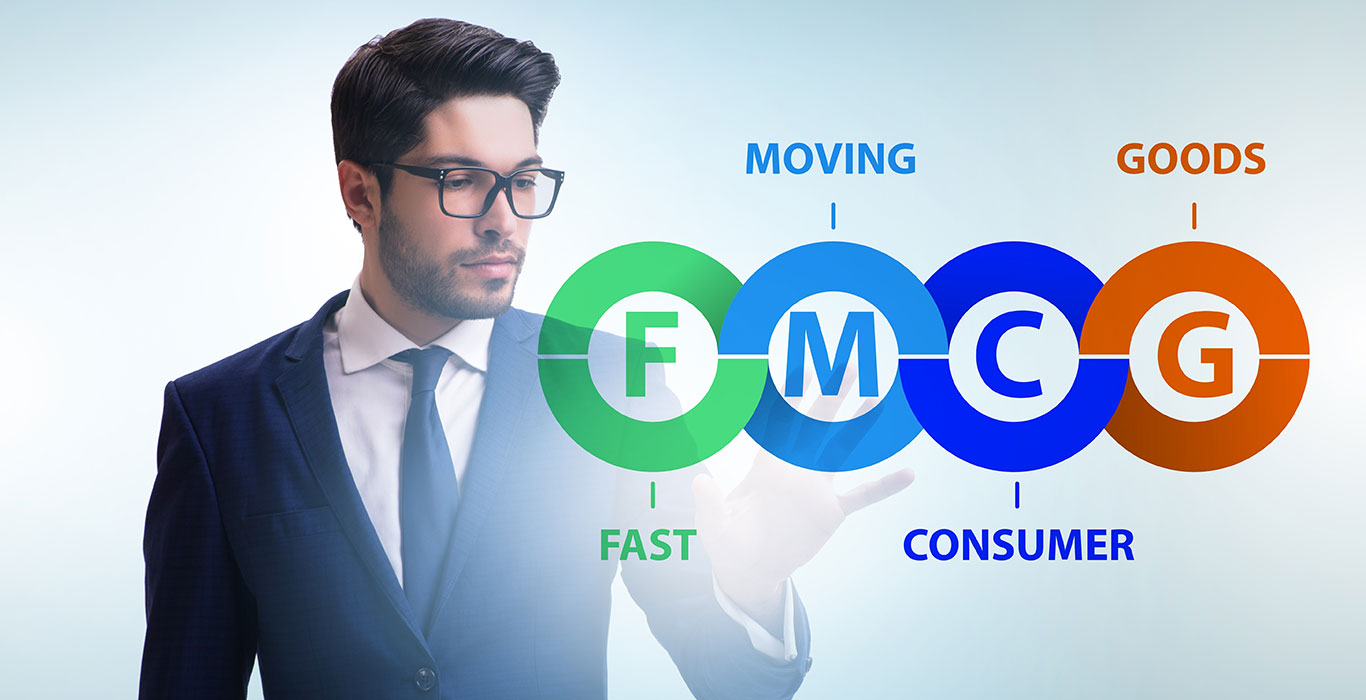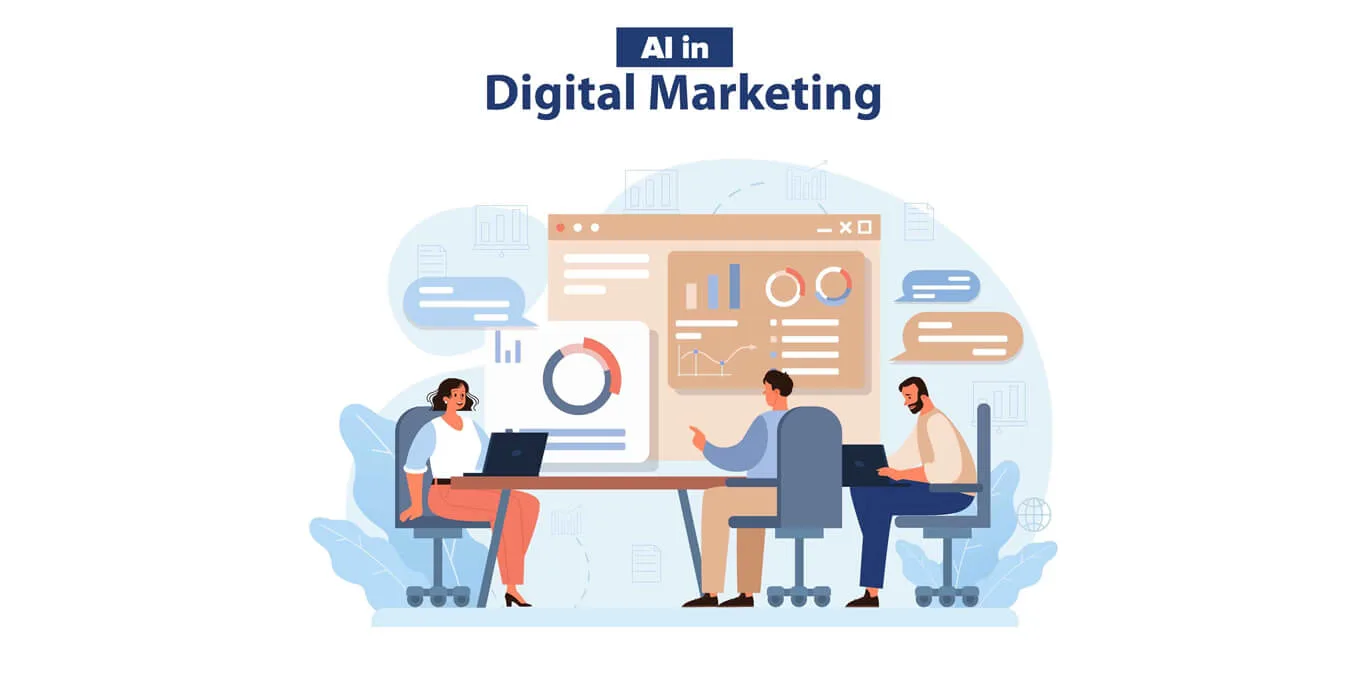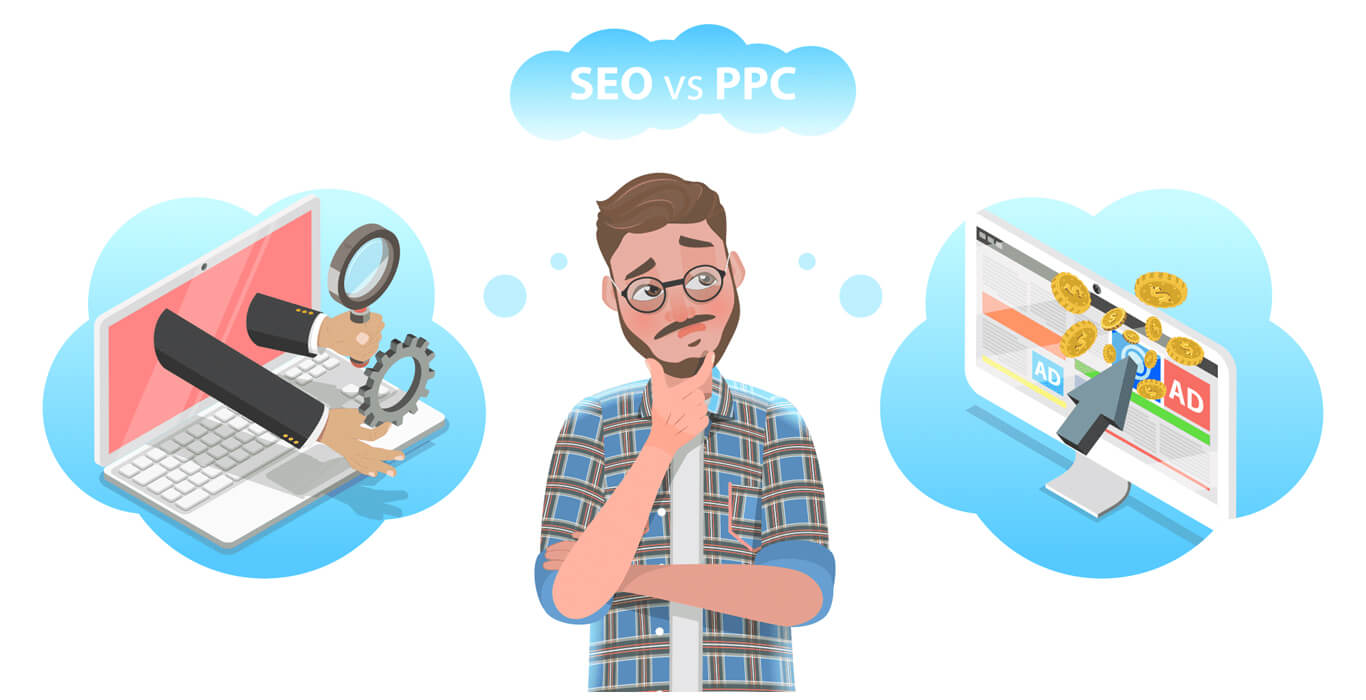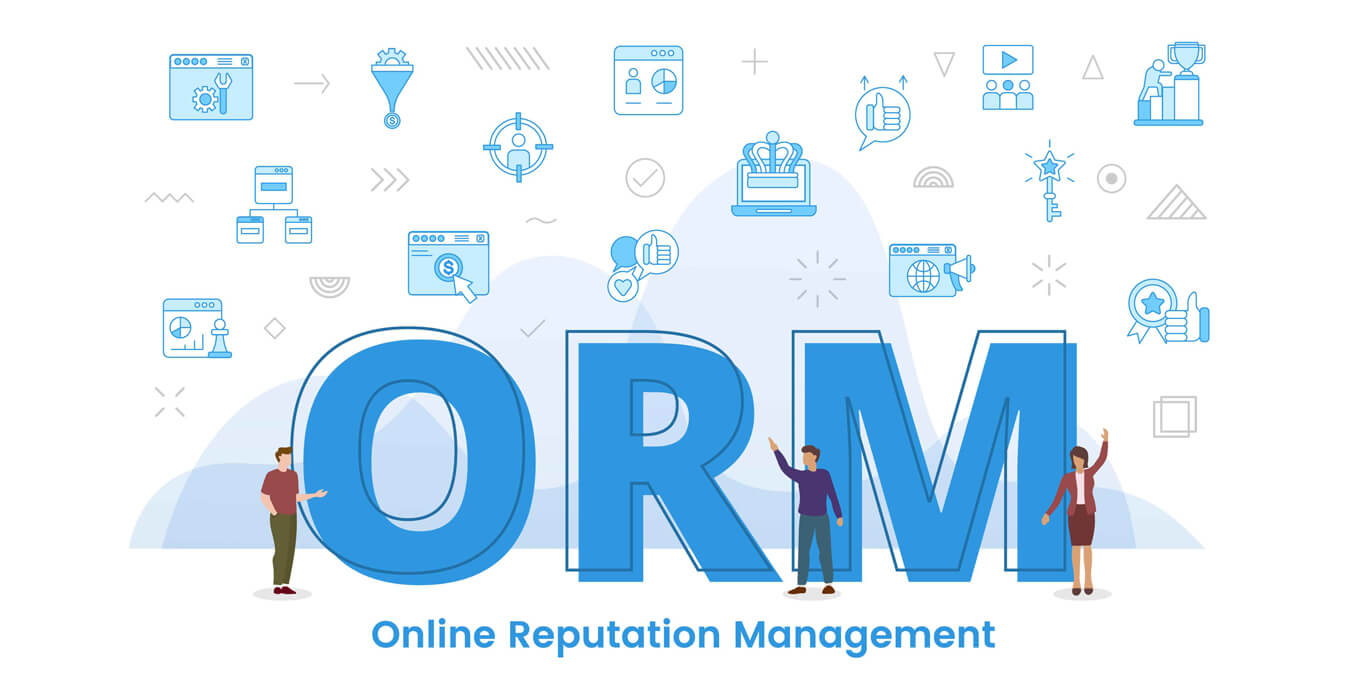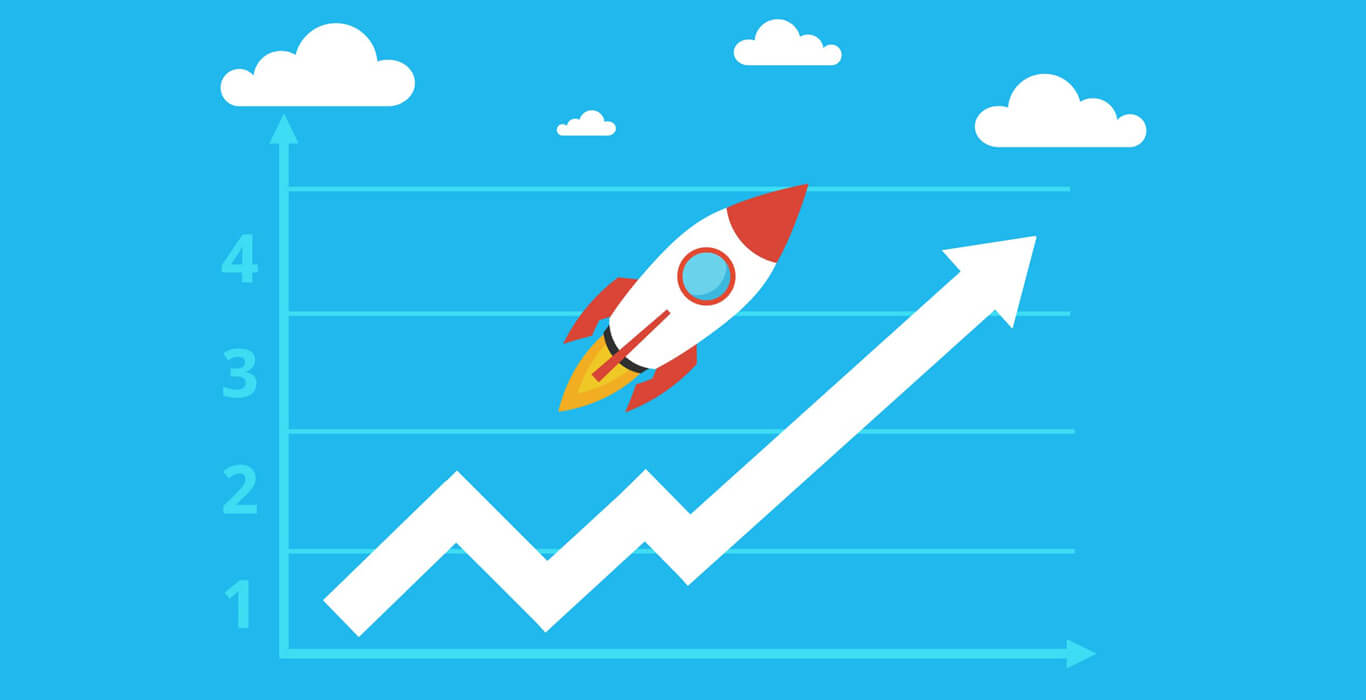“Your website’s call-to-action is the bridge between browsing and buying.” – Bryan Eisenberg
To draw in and retain clients, businesses primarily rely on their online presence. The user experience and visitors’ behaviours on the website to take the desired actions are both greatly influenced by web design.

Let me, the CEO of IKF, reputed web development agency in India, show you how call-to-action buttons that are placed carefully and have a good design can boost conversion rates.
Why Call-to-action Buttons Are Important?
- Call-to-action buttons operate as visual indicators to direct viewers to take particular actions, which is why they are an essential element of every website.
- Between the user’s interest and the desired action, such as completing a purchase, signing up for a newsletter, or contacting the company, they serve as a link that persuades them to take the next step.
- Call-to-action buttons should be prominent, clearly state the intended action, and be positioned to ensure maximum visibility.
The Art of Making Powerful Call-to-action Buttons
- Visual Appeal: Use contrasting colours to make the button stand out from the rest of the page and increase the visual appeal.
- Size and Position: Make the button big enough to be clickable easily even on smaller mobile devices, and put it where people will expect to see it—for example, towards the end of a product description or at the bottom of a landing page.
- Action Words: Make use of powerful language—words and verbs that inspire users to act by conveying a sense of urgency. You can use phrases such as, “Get Started,” “Join Now,” or “Claim Your Discount.”
- Button Copy: Be precise and succinct in your writing, highlighting the advantages users will experience by clicking the button. To keep the material relevant, incorporate the secondary keywords naturally.
Creating a Sense of Urgency
- Limited-time Offers: Include language like “Limited Time Only” or “Offer Ends Soon” to elicit urgency and promote quick action.
- Countdown Timers: Implement countdown timers to draw attention to deadlines, such as flash discounts or limited quantities of goods or services.
- Social Proof: To foster trust and encourage users to take action based on others’ positive experiences, place endorsements, reviews, or success stories close to the call-to-action buttons.
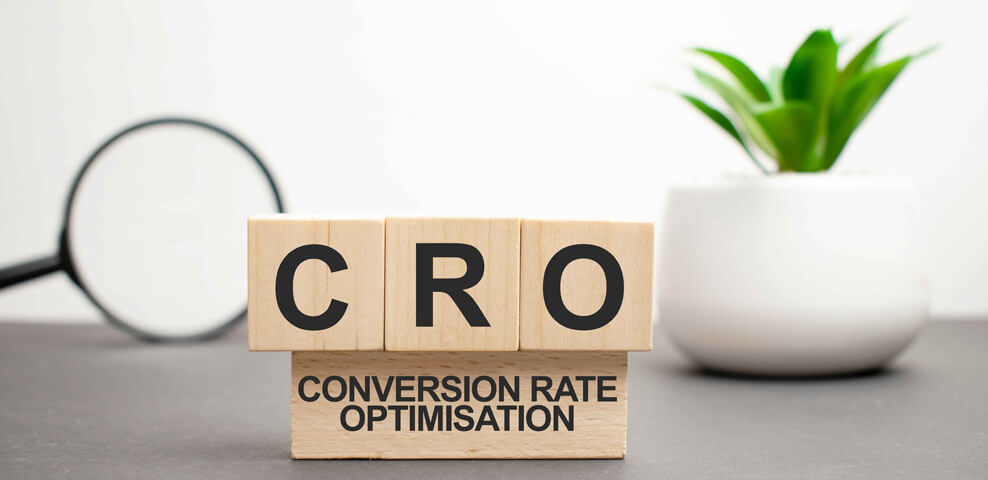
Improving User Experience
- Mobile Compatibility: As mobile usage is on the rise, make sure your call-to-action buttons are responsive to mobile devices and simple to click even on smaller screens.
- Page Load Speed: In order to avoid user annoyance and desertion before they reach the call-to-action buttons, optimise your website’s performance to shorten loading times.
- Clear and Crisp Direction: Provide people with a clear direction by guiding them through a logical flow that takes them from informational parts of your website’s landing pages to content that persuades them, and then eventually to the call-to-action buttons.
Conversion Measurement and Improvement
- A/B Testing: In order to determine which variants produce higher conversion rates, A/B test various button designs, colours, copies, and positions.
- Analytics tracking: Use online analytics tools and platforms to keep tabs on user activity, click-through rates, and conversions. To increase the performance of your call-to-action buttons, pinpoint areas for development and make data-driven decisions.
To increase conversion rates and encourage desired user behaviours on your website, effective call-to-action buttons are essential. Bear in mind that a website’s success depends on the seamless combination of design and user experience.
To increase your conversions with powerful call-to-action buttons, get in touch with IKF, the best website development company in India. Book a free consultation now!

Ashish Dalia is the CEO & Chief Digital Marketing Strategist at I Knowledge Factory Pvt. Ltd.

Ashish Dalia is the CEO & Chief Digital Marketing Strategist at I Knowledge Factory Pvt. Ltd.



